14 Wild Animals in Alabama [Wildlife in Alabama]
Want to know more about the wildlife in Alabama in the US?
Discover 14 wild animals in Alabama in this post, as well as interesting facts about them. 🇺🇸
Learn All About Alabamian Animals
Ready to learn all about Alabamian animals?
I’ve always been fascinated by animals, and by how they can be so different from one country to another. In this guide, we’ll focus on the many animals Alabama has on the land, in the sky, and underwater.
I’ve split the guide into 5 categories:
- Native animals from Alabama
- Endangered animals of Alabama
- What is the state animal of Alabama?
- How many animals native to Alabama?
- What animal is only found in Alabama?
Let’s dive in right away with our first category!
Native Animals from Alabama
Alabama is a state of the United States located in the southeastern part of the country. It has a pretty diverse geography (from valleys to mountains and coastline), is known culturally for its Southern culture, has been home to many native tribes until the 16th century, and joined the United States in 1819.
It is bordered by Florida, Tennessee, Georgia, and Mississippi, and although its largest city is Huntsville and its largest metropolitan area is Greater Birmingham, its capital is Montgomery, which counts more than 200,000 inhabitants (but more than 386,000 if you include the metropolitan area).
An interesting part of the state that I wanted to tackle is its wildlife. In light of that, I have listed the best of it, and I hope you will love learning what animals live in Alabama.
Here’s the Alabama animals list.
1. Nine-banded armadillo
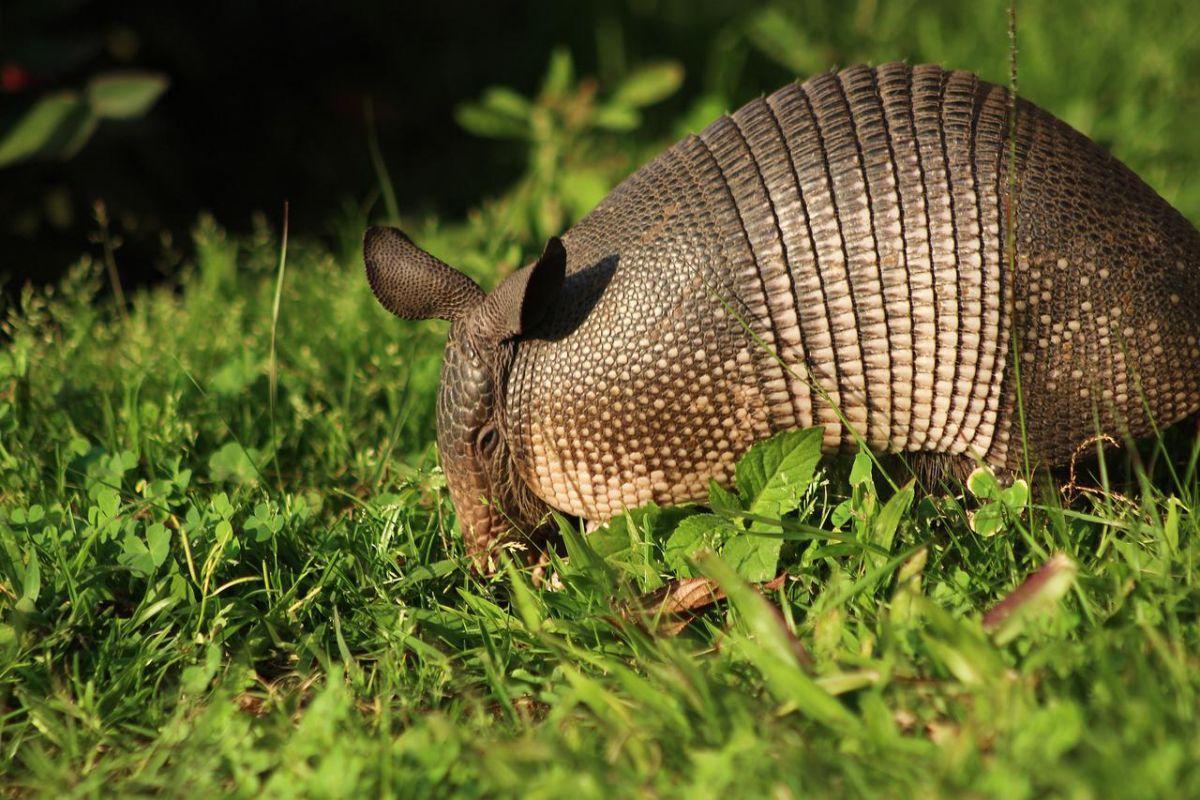
- Name: Nine-banded armadillo
- Scientific name: Dasypus novemcinctus
- Conservation status:
The nine-banded armadillo, also known as the common long-nosed armadillo or the nine-banded long-nosed armadillo, is a species of mammal native to North, Central, and South America, and is the most widespread of all armadillos. It is a solitary and nocturnal creature and is thus pretty difficult to spot in the wild, but it is one of the rare armadillos to not be particularly endangered.
This peculiar animal is well-established in Alabama, where it lives in the grasslands and dry scrubs.
2. Red wolf
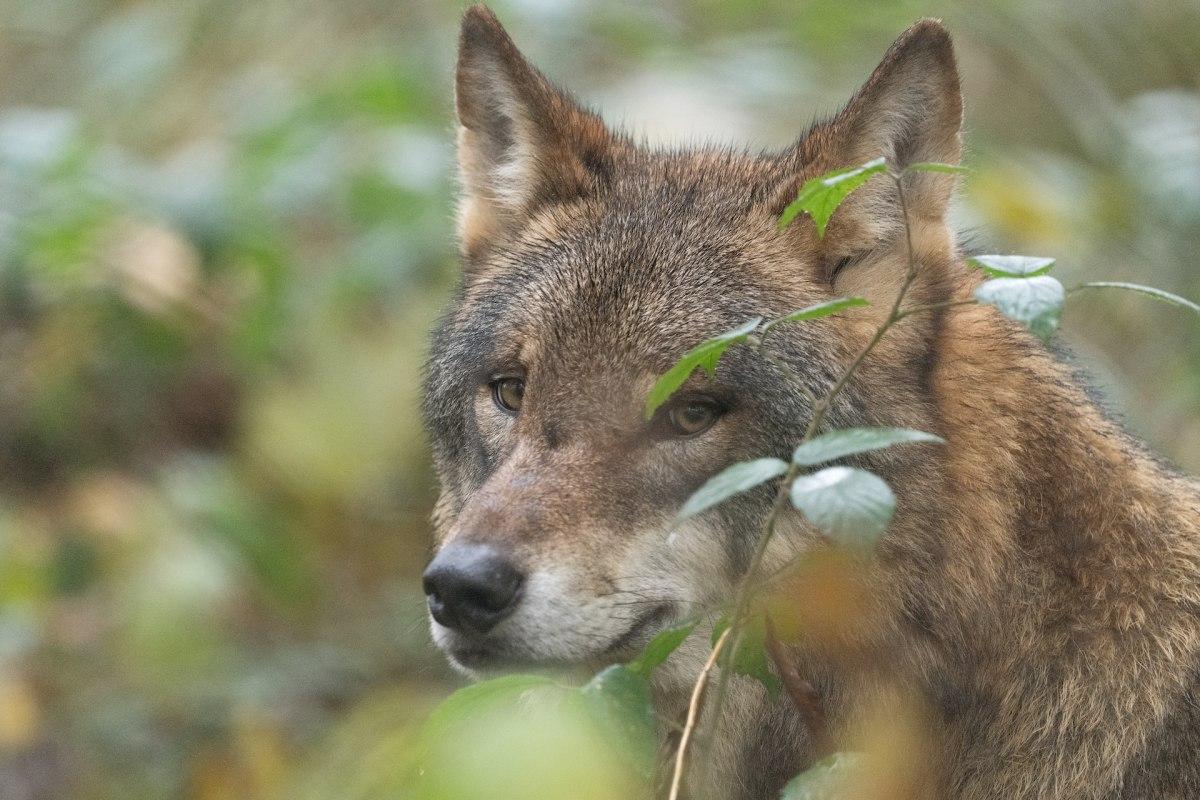
- Name: Red wolf
- Scientific name: Canis rufus
- Conservation status:
The red wolf is a species of canine native to the southeastern United States. It is intermediate in size between the coyote and the gray wolf.
This wolf gets its name from its reddish pelage but is of course not striking red. However, its conservation status is, as it is on the brink of extinction due to many factors, including hybridization with coyotes. Thankfully, there are as many as 30 facilities that participate in the reintroduction of the red wolf, and oversee the breeding of about 150 specimens.
3. American alligator
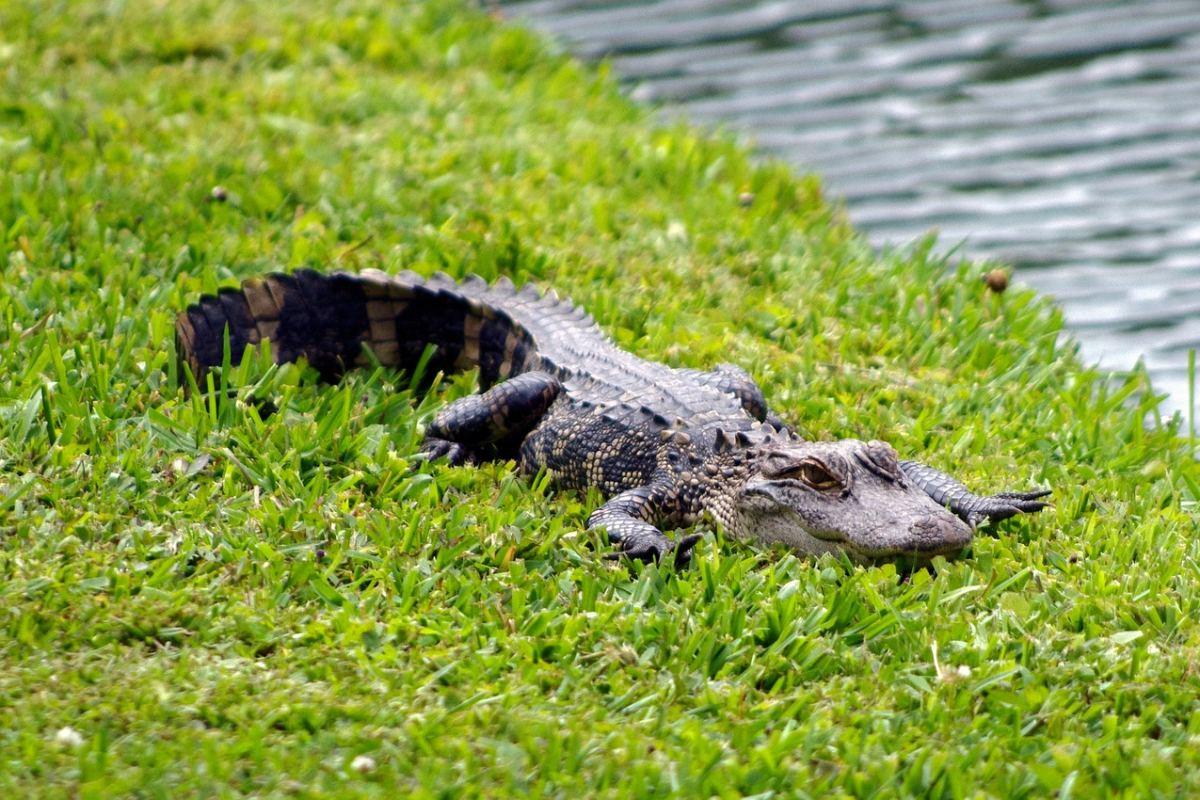
- Name: American alligator
- Scientific name: Alligator mississippiensis
- Conservation status:
The American alligator, also known as the common alligator or the gator, is a large species of crocodilian found in the southeastern United States. It is one of two living species of alligators alongside the Chinese alligator, and can reach up to 5.85 m / 19.2 ft!
This reptile is an apex predator and feeds on reptiles, mammals, birds, fish, and amphibians. Within its range, it is an important species that plays the role of an ecosystem engineer, providing shelter for many other organisms by digging holes.
4. Scarlet kingsnake
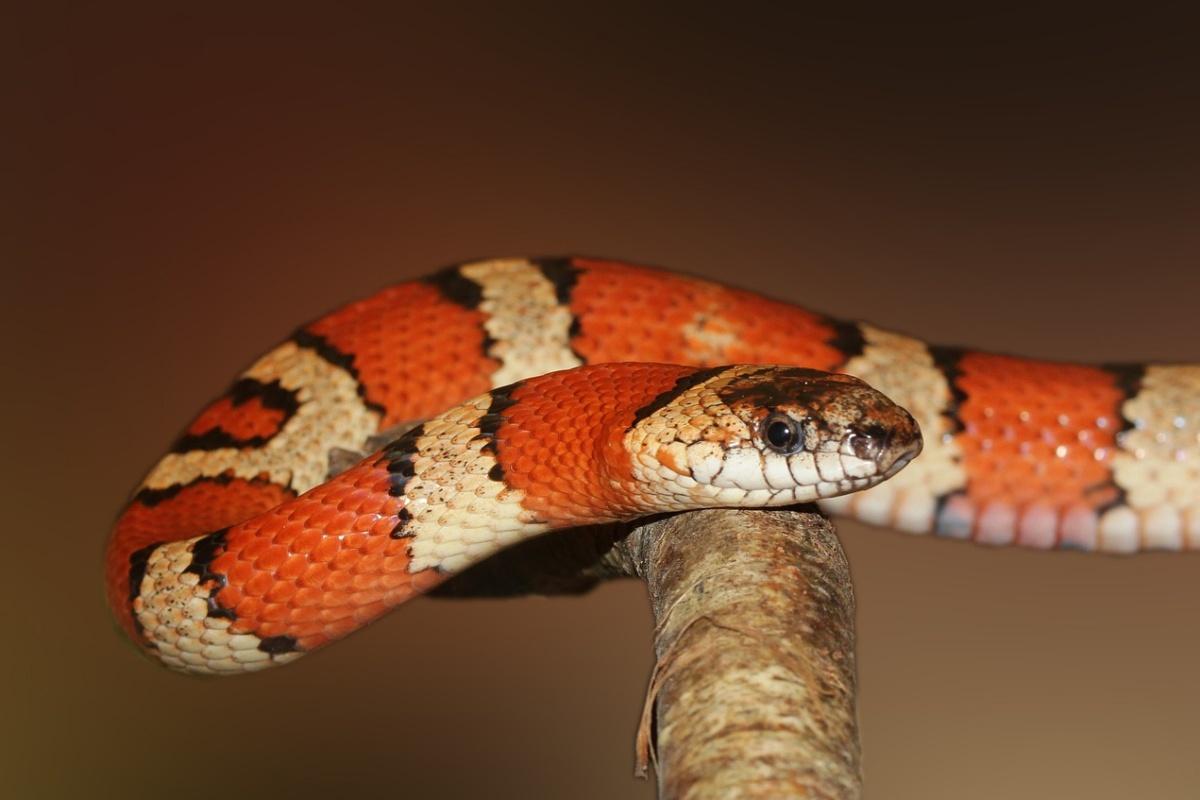
- Name: Scarlet kingsnake
- Scientific name: Lampropeltis elapsoides
- Conservation status:
The scarlet kingsnake, also known as the scarlet milk snake, is a species of snake found in the eastern and southeastern parts of the United States. It is not venomous and inhabits the pine flatwoods, cultivated fields, suburban habitats, and hydric hammocks of Alabama.
This kingsnake is tricolored with black, red, and white, which is due to mimic the appearance of the venomous coral snake; in fact, one of them was used to simulate a coral snake in the 2006 movie “Snakes on a Plane”!
5. American toad
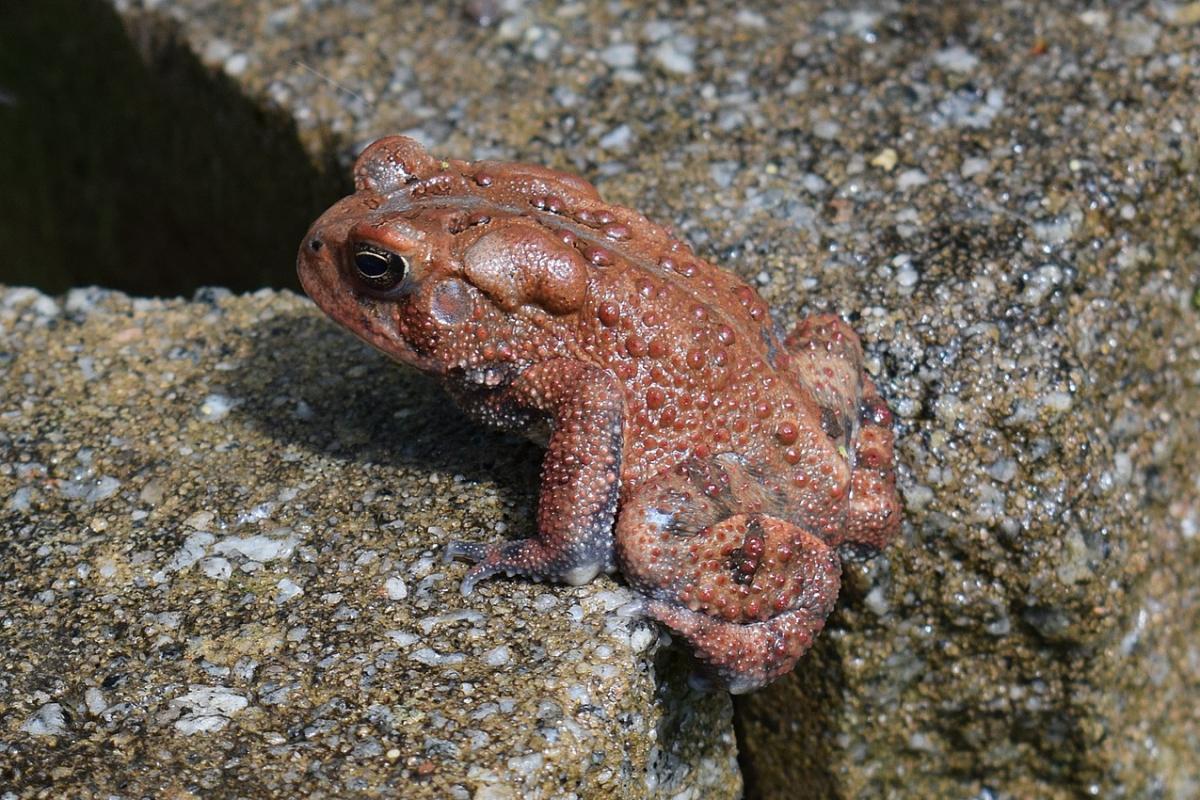
- Name: American toad
- Scientific name: Anaxyrus americanus
- Conservation status:
The American toad, further divided into 3 subspecies (the dwarf American toad, the Hudson Bay toad, and the eastern American toad), is a common species of toad found in the eastern part of the United States. In Alabama, you will find it in much of the northern half of the state.
Although incest can happen, male American toads usually vocalize to serve as cues for females to recognize their own kin.
6. American black bear
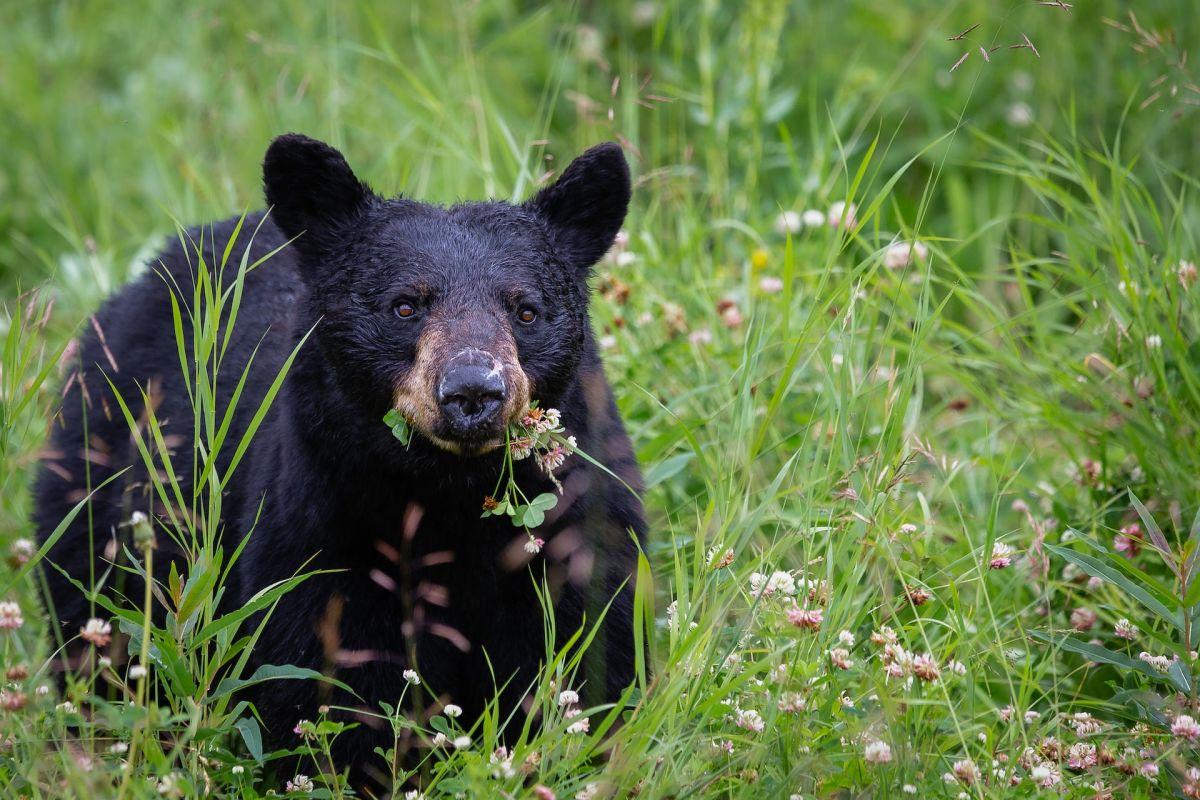
- Name: American black bear
- Scientific name: Ursus americanus
- Conservation status:
The American black bear, also simply known as the black bear, is a medium-sized species of bear endemic to North America. It is the state emblem of Alabama and is the most widely distributed and smallest bear species in the Americas.
This large mammal is twice as numerous as all other bear species within its range. It can live for about 20 years in the wild but reached 44 years in captivity.
7. Eastern cougar
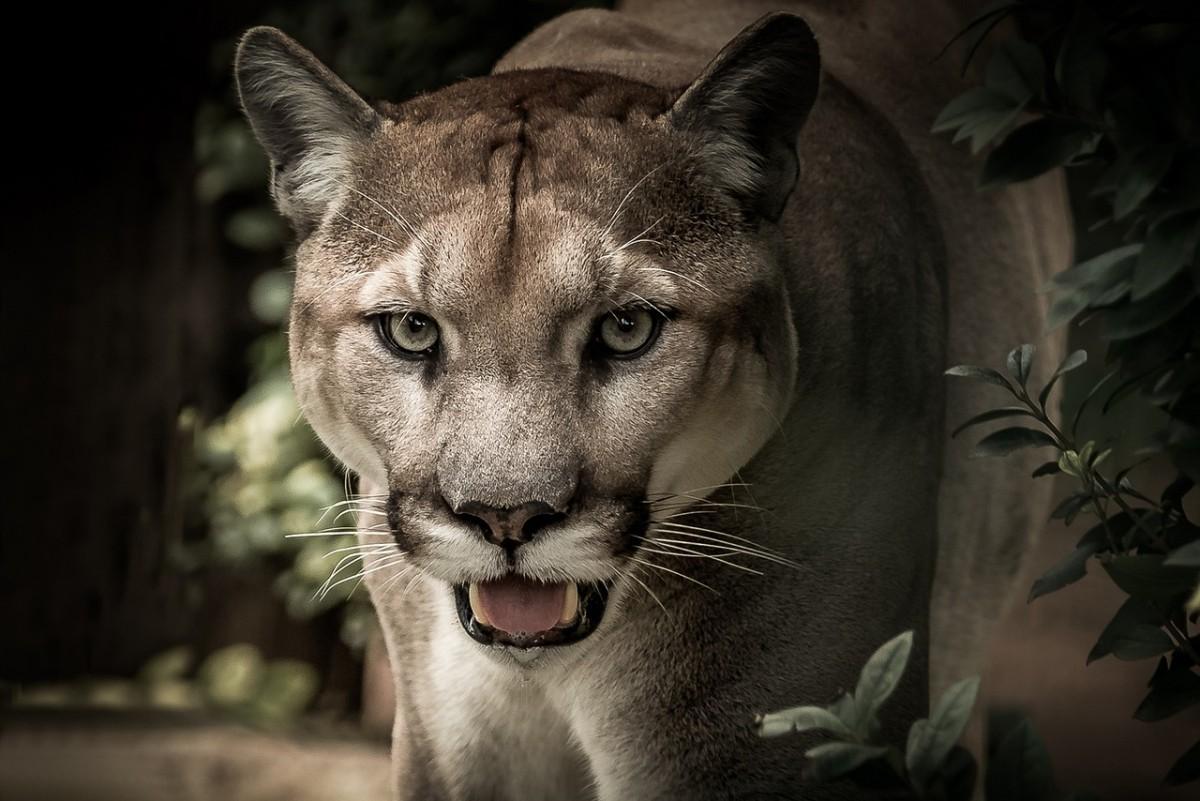
- Name: Eastern cougar
- Scientific name: Puma concolor couguar
- Conservation status:
The eastern cougar, also known as the eastern puma, is a subpopulation of the North American cougar found in the eastern areas of the continent. It was classified as extinct in 1946 but only presumed extinct since 2018 when the taxonomy was questioned: in fact, cougars are still common in western North America, and more and more specimens are seen in the eastern parts.
Some groups even think that there are still breeding populations in northern New England and the Maritime provinces in Canada.
8. Bobcat
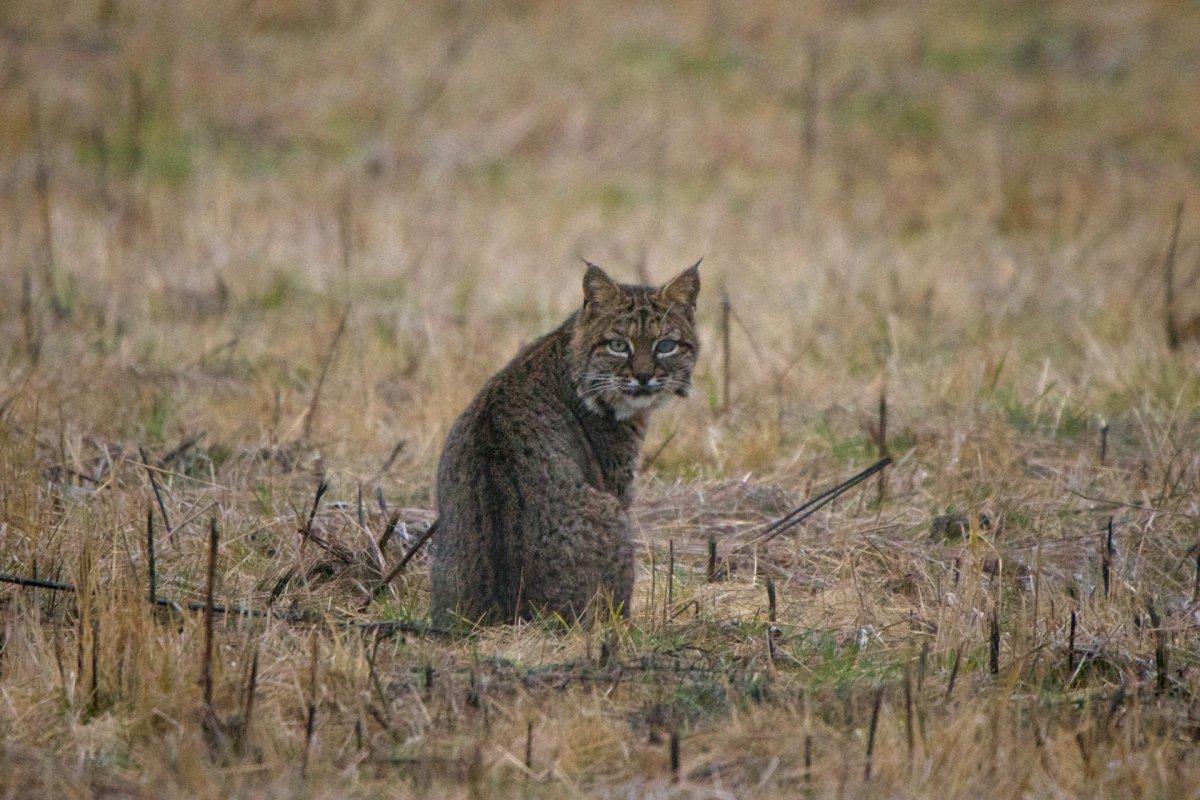
- Name: Bobcat
- Scientific name: Lynx rufus
- Conservation status:
The bobcat, also known as the red lynx, is a medium-sized species of cat native to North America. It can be found from Mexico to southern Canada and is thus considered of least concern.
There are lots of these cats in the wild, although they have been extensively hunted for their fur and for sport. They are adaptable predators that inhabit the urban edge, forest edge, and wooded areas of Alabama, and primarily feed on rabbits and hares.
9. Alligator snapping turtle
- Name: Alligator snapping turtle
- Scientific name: Macrochelys temminckii
- Conservation status:
The alligator snapping turtle is an incredibly strong and ferocious species of turtle that you might have already heard of. It is pretty large and is one of the heaviest turtles in the world. More importantly, it has very powerful jaws that can cut off human fingers in a second!
This turtle is an opportunistic carnivore that feeds on live food and carrion. It has an appendage within its mouth to lure prey, which is a form of aggressive mimicry.
10. Virginia opossum
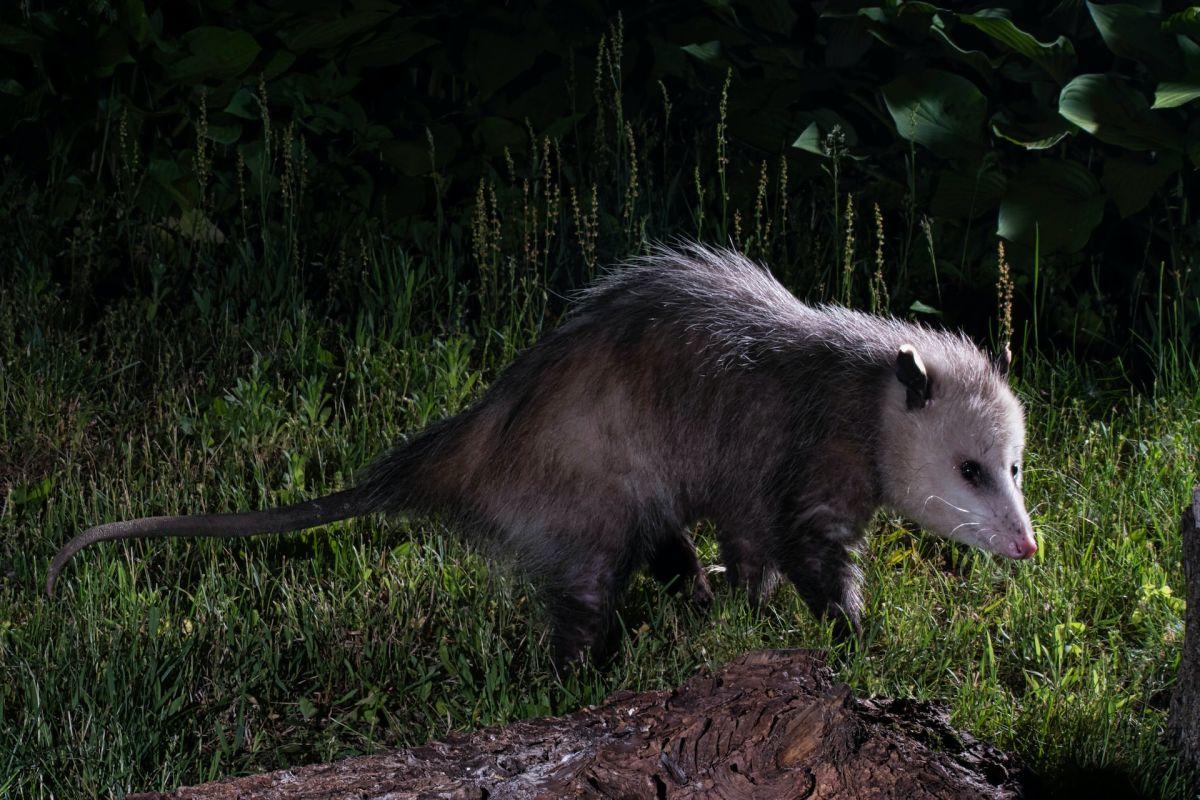
- Name: Virginia opossum
- Scientific name: Didelphis virginiana
- Conservation status:
The Virginia opossum, also known as the North American opossum, is the only species of opossum found north of Mexico. In fact, it has a pretty wide range, being found all around Mexico, in the western half of the United States, and on their western coast.
This opossum is familiar to many North Americans, as it often inhabits urban areas, and can sometimes be spotted near garbage.
11. North American beaver
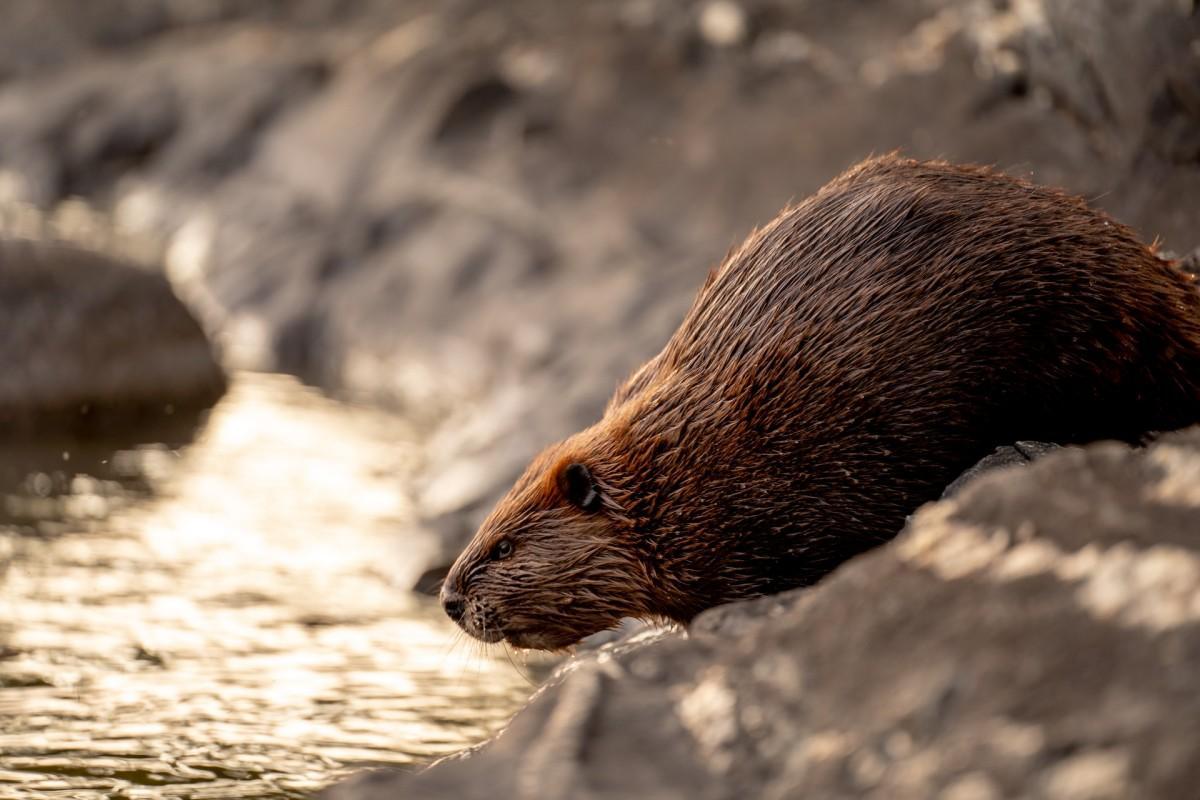
- Name: North American beaver
- Scientific name: Castor canadensis
- Conservation status:
The North American beaver, also known as the Canadian beaver or the American beaver, is a large species of rodent and one of two beavers in the world, alongside the Eurasian beaver. It is an important symbol in North America and is one of the main emblems of Canada.
This beaver lives in most of North America, and it almost became extinct due to trapping, but has largely recovered since then. It is found in lakes, streams, and river deltas in Alabama, and builds its lodges out of twigs, rocks, mud, and sticks.
12. Rice’s whale
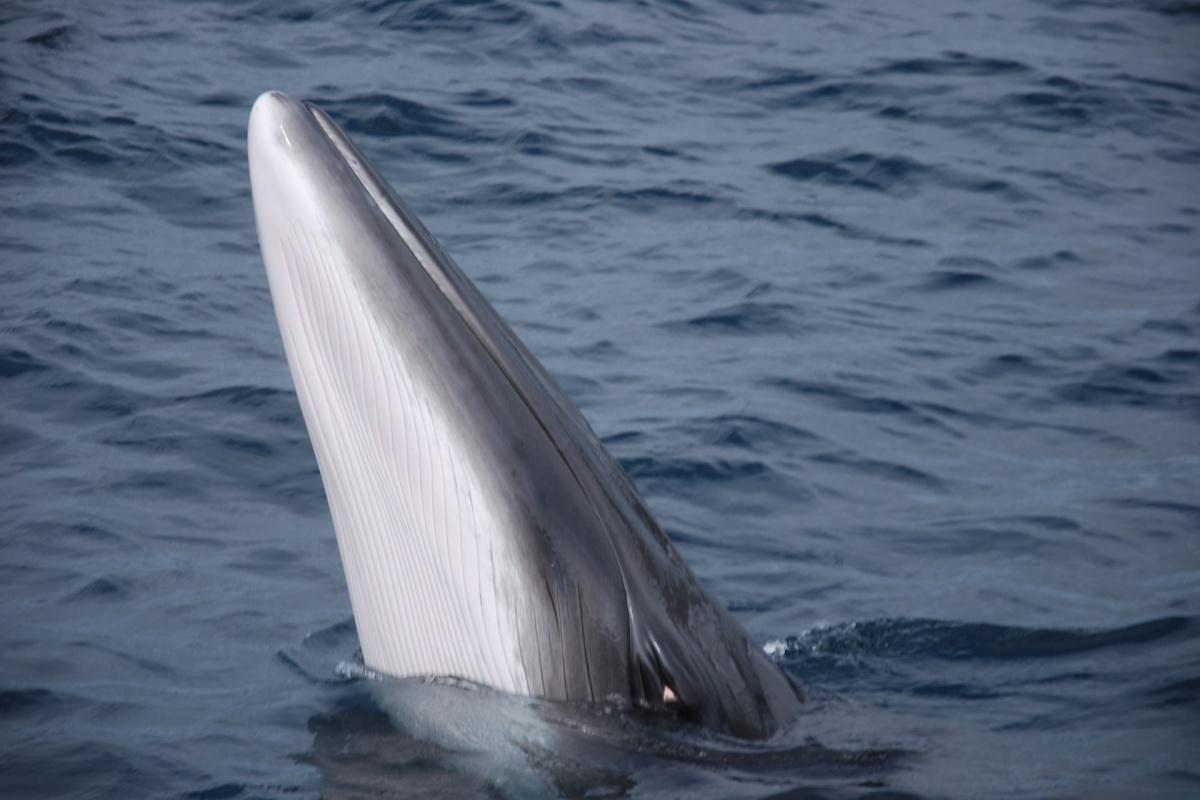
- Name: Rice’s whale
- Scientific name: Balaenoptera rice
- Conservation status:
There are lots of species of whales that you could spot off the coast of Alabama, but Rice’s whale, also known as the Gulf of Mexico whale, is the most unique one, being exclusively found in a very small area south of Alabama.
This whale is medium-sized and is on the brink of extinction due to the industrialization of the Gulf of Mexico and the increase in human activities. It is one of the most endangered cetaceans in the world, as its largest population is made of only 33 individuals, with 16 mature ones at best.
13. American bison
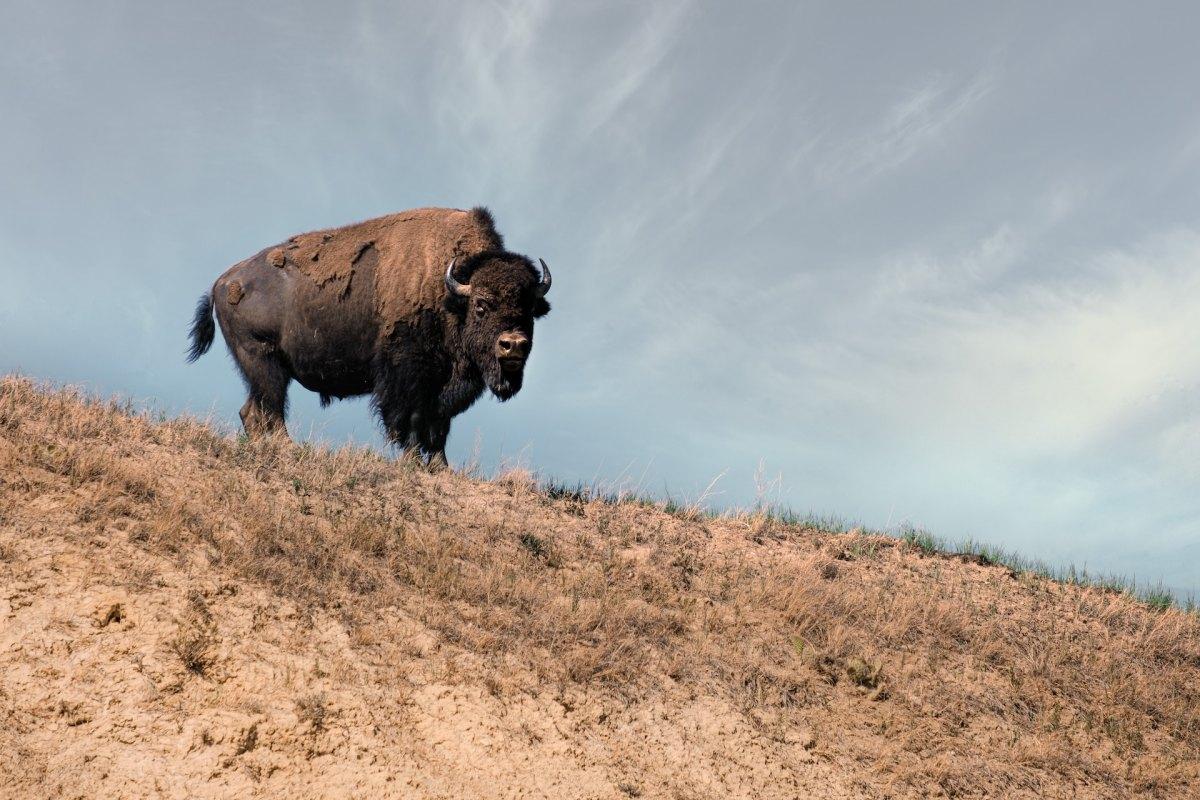
- Name: American bison
- Scientific name: Bison bison
- Conservation status:
The American bison is a well-known emblem of Eastern America. It is one of two species of bison alongside the European bison, and historically inhabited the great bison belt, from Alaska to the Gulf of Mexico, although its current range is much more scattered and smaller; in fact, it might already be extirpated from Alabama.
This large bovid was culled down to only 541 animals at the end of the 19th century but rebounded to 31,000 individuals nowadays.
14. Clymene dolphin
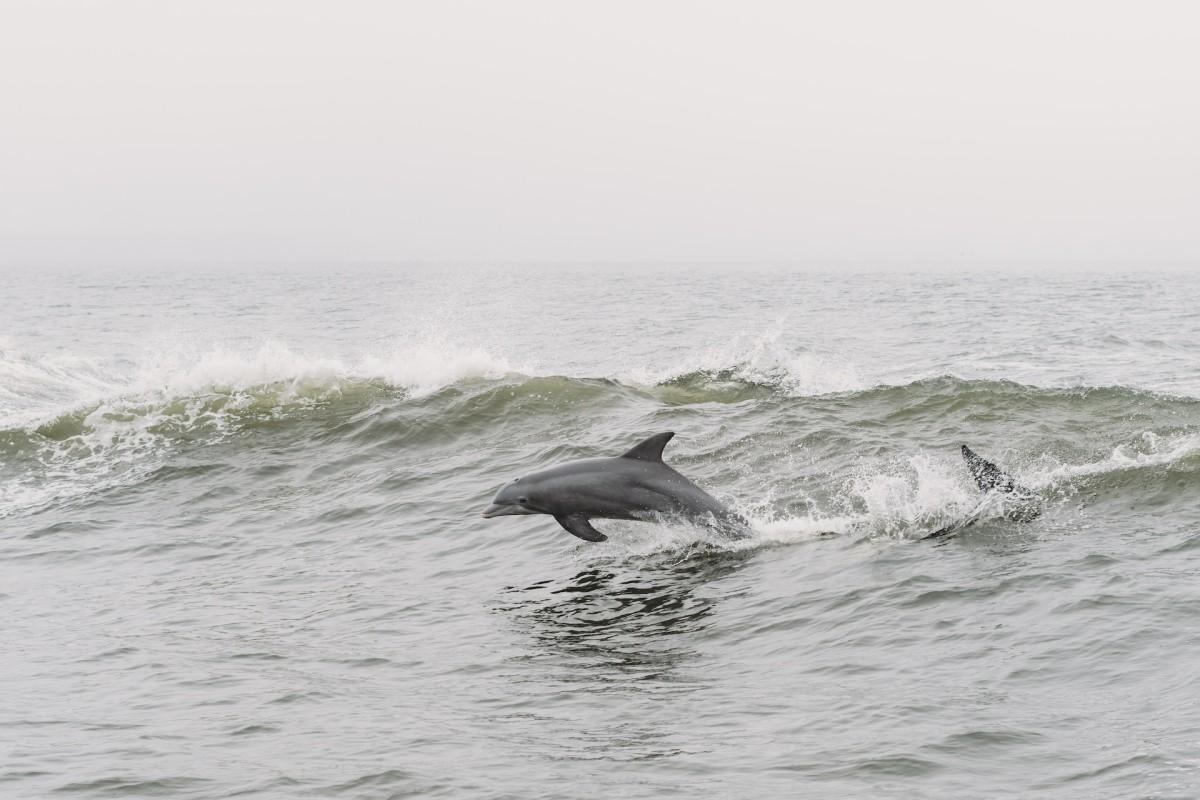
- Name: Clymene dolphin
- Scientific name: Stenella clymene
- Conservation status:
The Clymene dolphin, also known as the short-snouted spinner dolphin, is a species of dolphin endemic to the central part of the Atlantic Ocean, in subtropical and tropical waters. It is the only case of hybrid speciation in all marine mammals, descending from the striped and the spinner dolphins!
This cetacean can be found off the coast of Alabama, in waters over 100 m / 330 ft in depth, although it occasionally moves to coastal, shallow regions.
—
So there you have them, these were my 14 native Alabama animals. I hope you enjoyed this list and that you learned something new today.
In case you want to learn more about Alabama wildlife and the rest of the United States, feel free to keep reading, as I still have lots of things to tell you about:
Endangered Animals of Alabama
This is definitely the saddest part of the list, but it is very important to raise awareness. Because of this, let’s go through the list of endangered animals in Alabama.
Here are the animals in danger of extinction in Alabama (including the rest of the United States).
- Thicktail chub
- Steller’s sea cow
- Black mamo
- Phantom shiner
- Labrador duck
- and 51 more…
- Marbled darter
- Red wolf
- Spoon-billed sandpiper
- Ivory-billed woodpecker
- Bog turtle
- and 61 more…
- Red-crowned amazon
- Whooping crane
- Phoenix petrel
- Spotted turtle
- Salt-marsh harvest mouse
- and 169 more…
To see the full list of endangered species in Alabama, head over to the International Union for Conservation of Nature’s Red List.
What is the Alabama State Animal?
The Alabama state animal is the black bear.
The black bear has been embodying the spirit of Alabama since 1996. Although it is incredibly large and powerful, it is a shy, secretive animal that is not always black but can instead also be white, beige, cinnamon, and slate gray.
This bear is solitary and stays in a pair for several days during the mating season, but that’s about it. It is omnivorous and adaptable and is an adept runner and swimmer.
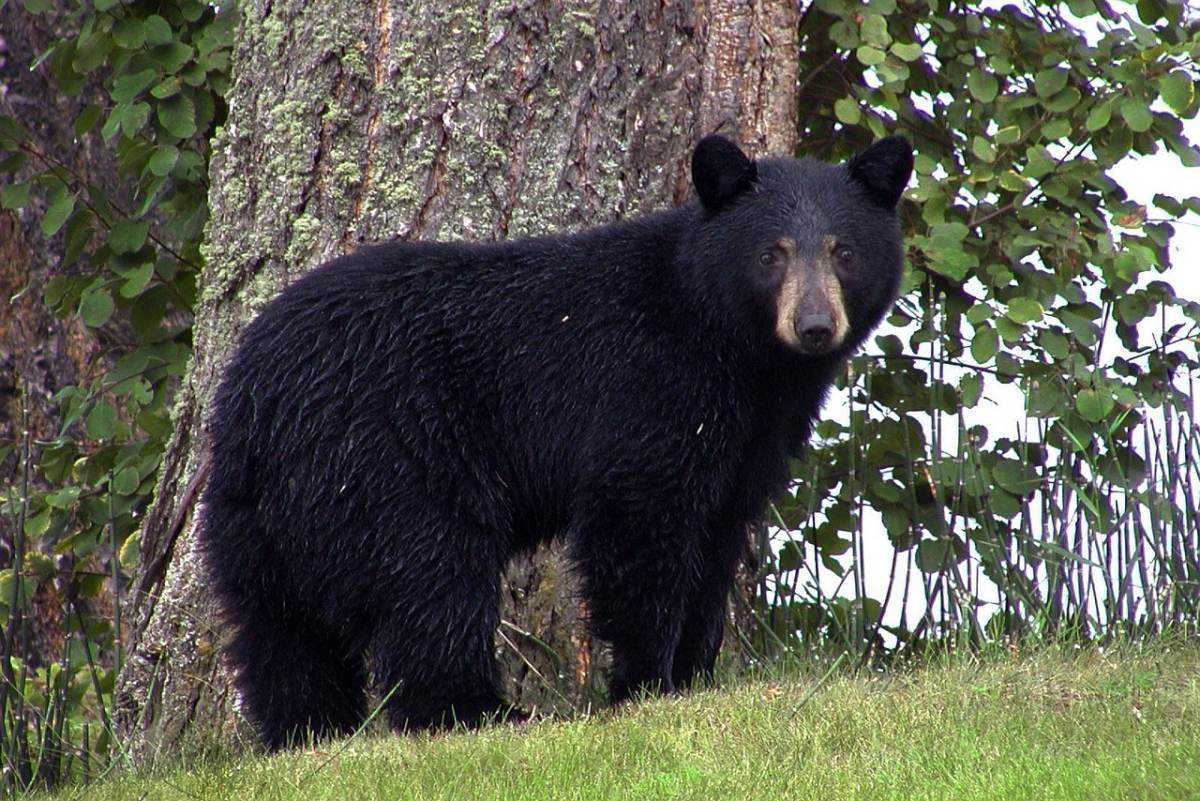
How Many Animals Native to Alabama?
What is the diversity of native animals in Alabama?
Let’s look at the total number of species of Chordata (mammals, birds, fishes, and reptiles).
Total number of animal species in Alabama: 5,838 (5,879 in total in North America)
What animal is only found in Alabama?
There are several species of animal endemic to Alabama, but the one that stands above all else is the Alabama red-bellied cooter.
Also known as the Alabama red-bellied turtle, it is a pond turtle found only in the southwestern part of Alabama. It is also the official reptile of the state and is listed as endangered. However, since the construction of a 5.5 km / 3.4 mi fence in 2007, Alabama red-bellied cooter hatchling deaths dropped 80 percent in a single year!
More About Animals in the World!
Loved these facts about the native animals of Alabama? Want to see what animals live in other countries?
Then check out these posts:
- Wild Animals in the United States
- Wild Animals in Alaska
- Wild Animals in Arizona
- Wild Animals in Arizona Desert
Or click here to see ALL the facts up on the blog! Spoiler alert: there’s A LOT of them.
Share the knowledge! Click on the buttons below to share information about these common animals found in Alabama with your friends, and help them learn more about the world 🙂
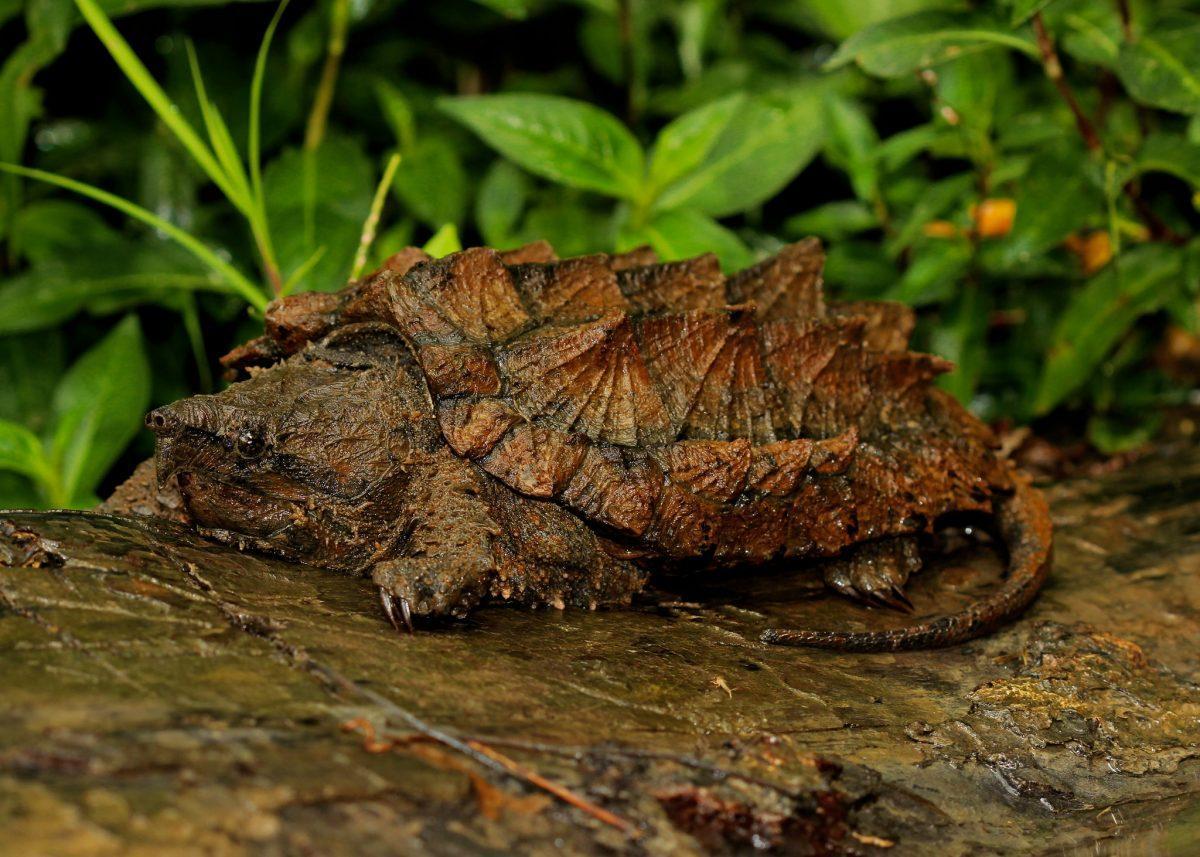

![20 Wild Animals in Tanzania [Wildlife in Tanzania]](https://www.kevmrc.com/wp-content/uploads/2022/12/20-wild-animals-in-tanzania.jpg)
![22 Wild Animals in Estonia [Wildlife in Estonia]](https://www.kevmrc.com/wp-content/uploads/2022/06/22-wild-animals-in-estonia.jpg)
![23 Wild Animals in Indiana [Wildlife in Indiana]](https://www.kevmrc.com/wp-content/uploads/2023/07/23-wild-animals-in-indiana.jpg)